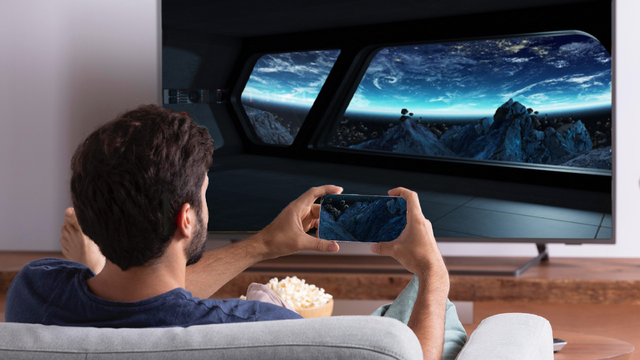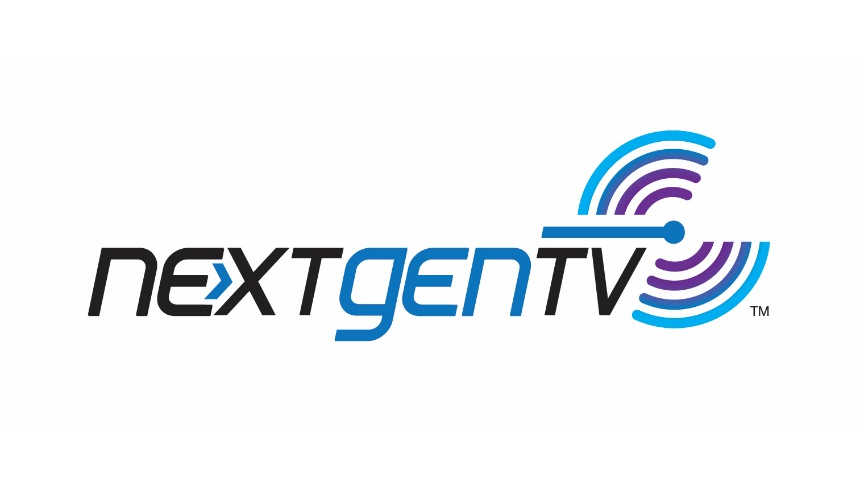NextGen TV Expands O&O, Delivers First-Party Data
Beyond the technology upgrade, TV stations are receiving a significant upgrade in advertising potential

Most conversations about NextGen TV, or ATSC 3.0, are all about the viewing experience. Rightfully so, considering the technology delivers 4K ultra-high-definition video quality and theater-like audio. It’s IP-based (Internet Protocol), so it’s viewable on any screen.

That’s great news for them, but what about the opportunity it provides for broadcasters? Beyond the technology upgrade, TV stations are receiving a significant upgrade in advertising potential.
With NextGen TV in place, you can achieve two things—expand your O&O (owned and operated) inventory and capture first-party data. Those upgrades enable you to provide unique ad spots with many targeting capabilities. Further, it allows your station to sell ad spots that reach the cord-cutters who no longer subscribe to traditional cable or satellite.
Expanding O&O Inventory
O&O inventory is often your most valuable—after all, you own it and operate it. That portfolio may be small now, but NextGen TV will expand available options and revenue capabilities for O&O. The most attractive aspects of O&O for advertisers are the targeting and first-party data collection abilities. There’s another cause for broadcasters to appreciate the expansion of this inventory—direct relationships.
While digital advertising is a critical part of a broadcaster’s ad library, you don’t have control over it. With O&O, your station can keep nurturing the relationship and demonstrating its value as targeting gets more refined.
First-Party Data: Not So Elusive With NextGen TV
Digital advertising has experienced significant disruptions with third-party cookie restrictions. While Google put on the brakes temporarily, it’s still going to happen. In the NextGen TV model of O&O inventory, you can capture first-party data, which leads to better targeting.
Smarter Targeting
NextGen TV enables smarter targeting by combining first-party data with geotargeting. That mix includes nearby targeting, previous click history, real-time information and viewing habits.
In this model, you’ll know who watches what. With this knowledge, advertisers can create more niche content to attract a specific customer segment. This "hypertargeting" plays out on the big and small screens. Your advertisers will not only appreciate this, but they’ll also suffer less ad waste, of which 35% is due to inaccurate targeting.
The Mechanics Behind First-Party Data Capture
The first part is that collection happens with an ATSC 3.0 compatible device. With this, a dedicated return channel (DRC) sends data back to the TV broadcaster that includes the content displayed during specific times on an ATSC 3.0 device.
You know what is broadcast when and to which devices. It works for live TV and DVR stored content.
Building the Audience for Your Advertiser
In the traditional model of selling OTA advertising, your customers choose content category types they think their ideal audience is watching. You can support and confirm that in some ways, but it’s not an exact science.
With NextGen TV’s targeting capabilities, you create the perfect customer profile based on demographics and usage data to find them. It’s a more data-driven way for your advertisers to position their brand to the most relevant viewers. Any time you can enhance decisions with data, you’re likely to see more positive ROAS (return on ad spend).
Reach Cord Cutters by Delivering Streaming Content
Currently, cord-cutters can access local stations through some platforms, but it’s not universally available. They could also use a digital antenna. Some stations even launched their own app. Thus, there is a hodgepodge of ways for consumers to get local content. Still, none of these deliver the best experiences.
Targeting advertising on the local level for TV is challenging, but it’s a growing segment. Experts expect that 35.4% of U.S. households will fit this label by 2024. Many of this group are younger generations that are digital natives. It’s an appealing audience for most of your advertisers. Reaching them with O&O inventory allows your customers to connect with these demographics.
NextGen TV Deployment Challenges
One of the biggest hurdles is the initial launch of the program and its costs. ATSC expects to reach 75% of the country in 2022, so the barriers are easing. Some spectrums also have limitations.
On the viewer side, there are currently 20 TV models from LG, Samsung and Sony that have built-in tuners. Also, not all carriers are making it available on smartphones. On technology interoperability and accessibility, there are still many things to streamline and facilitate.
Addressing all these challenges is necessary before it can legitimately become an ad spot to monetize.
Broadcast Ad Space Is Evolving With NextGen TV
Media ad inventory has evolved many times over the past few decades. Now it’s changing again with this new channel for ads. Viewers get a better experience, and broadcasters expand their O&O inventory with better targeting.
Such an opportunity represents a unique and new revenue stream that can boost ad performance. Your sales team should be ready to go, evangelizing to customers early and often about the power of NextGen TV.
Get the TV Tech Newsletter
The professional video industry's #1 source for news, trends and product and tech information. Sign up below.

Jimshade Chaudhari Senior Vice President of Product for Marketron
